There are essentially two ways a practitioner of Karate can kick, Kekomi (thrust) and Keage (snap). These kicking methods must only be used when the form and technique are as good as your hand and striking techniques. Kicking techniques deliver more power then punches when excuted correctly. The most common distinction between Kekomi and Keage only exists in two foot techniques, Mae-geri (Front kick) and Yoko-geri (Side kick).
Caution: Incorrect kicking techniques long term can have bad impact on your knees, and cause other injuries. I cannot stress how important it is to do your Keri Waza (kick techniques) with structure and patience.
The two kicking methods are highly effective and used in there own way depending on the circumstances.
1. Keage
The Keage-geri (snap kick) simply recoils as soon as the strike is delivered therefor it is a very fast and quick kick. The snap kick uses the blade edge of the foot to strike. It also never extends far enough to lock the knee.
2. Kekomi
The Kekomi-geri (thrust kick) strikes and continues pushing the energy through the target. This has a greater impact and can certainly immobile your opponent. The thrust kick uses the heel to strike and the leg extends to a locked knee position before being withdrawn
It is important as a practitioner that we must recognise what kind of kicking method works for which circumstances. I can not give you an excat answer as we are all different but below is a start.
- The light keage method could be aimed at bony and weak targets.
- The heavier kekomi method could be aimed at larger torso and stronger regions of the body.
Mae-geri Keage
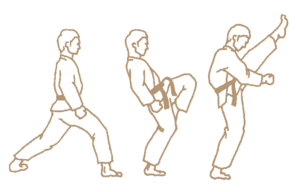
Implementation of mae-geri-keage above head level.
Mae-geri Kekomi
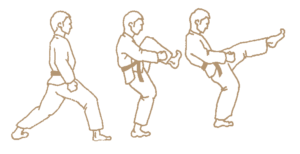
Implementation of mae-geri-kekomi.
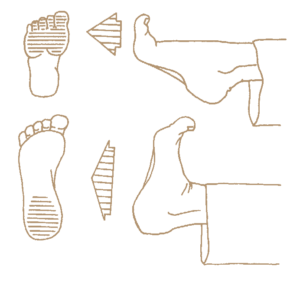
Surfaces striking at mae-geri-kekomi.
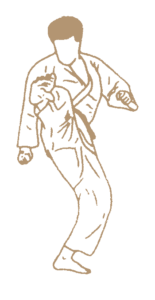
View of the mae-geri-kekomi technique.
Yoko-geri Keage
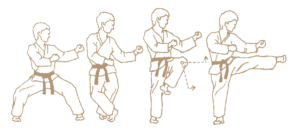
Implementation of yoko-geri-keage at mid level.
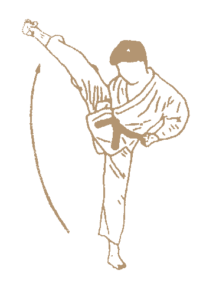
Implementation of yoko-geri-keage above head level.
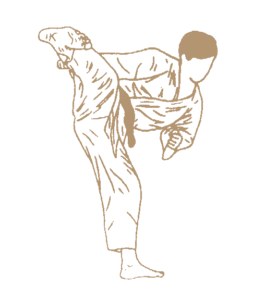
View of the yoko-geri-kekomi technique.
Yoko-geri Keage
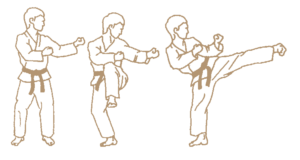
Implementation of yoko-geri-kekomi.
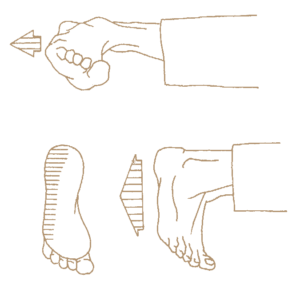
Surfaces striking at yoko-geri-kekomi.
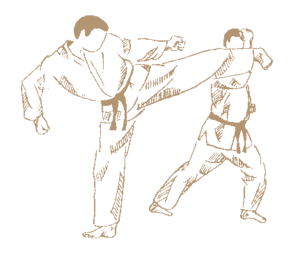
Application of yoko-geri-kekomi.
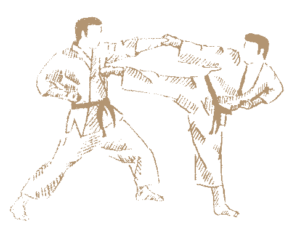
Application of yoko-geri-kekomi.
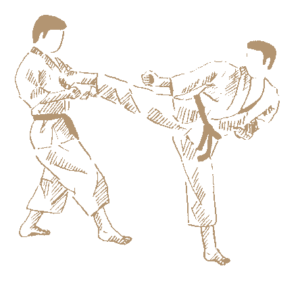
Application of yoko-geri-kekomi.




